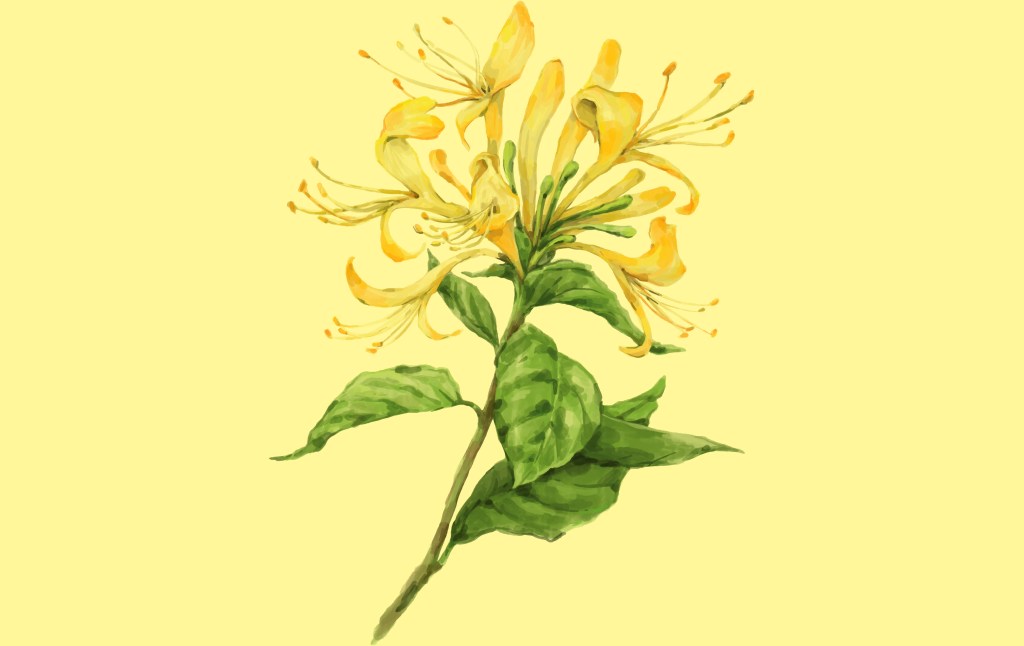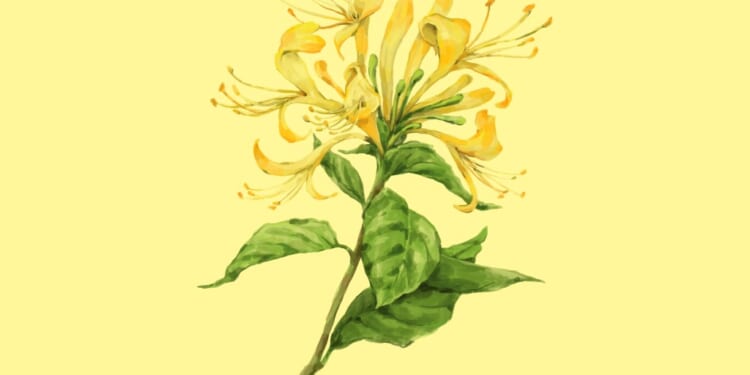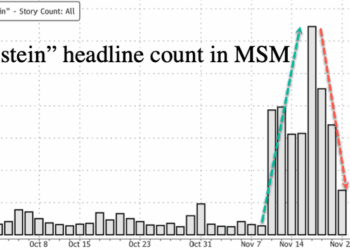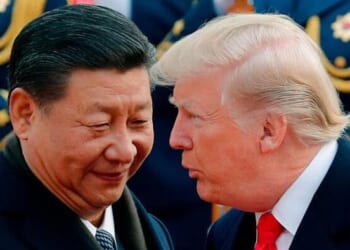
I swore I would never join a book club, and yet here I was, on my way.
For years, I told myself I took reading too seriously for a club. As an editor, I have too long a list of books to read to get distracted with someone else’s. But I had been feeling stressed by my busy life, and disconnected from relating with others through screens. So when my neighbor invited me, I figured: Maybe a local book club was just what the doctor ordered.
I kissed my boys goodnight, wished my husband an easy bedtime routine, and headed out the door with a novel under my arm. At the Bearded Lamb, our local pub, I found a group of women around a table sharing slices of focaccia and pistachio cake. My neighbor caught my eye and waved me over. “You’re on time. We haven’t even started talking about the book yet.”
I ordered a hazy IPA and listened as the women finished a conversation about health issues. I was eager to talk about something serious: the craft of the writing, plot pacing, the chances the writer took and the ones she didn’t. But besides my own, there wasn’t another copy of the book in sight.
The conversation turned to the book. “Did you read it?” my neighbor asked.
I had—of a fashion. I had mostly listened to the audio version at 2x speed while washing dishes and folding laundry. Half the women hadn’t made it to Chapter 4.
I referenced a few points I liked, how the slow pacing had driven me nuts, and how the subplot of family trauma could have used more teasing out. When I said that last part, faces lit up around the table, but not because of literary particulars. Instead, the club members were eager to share, nearly one by one, how they resonated with the topic personally. With a range of emotions—anger, humor, heartbreak—they shared about estranged siblings, parents who didn’t talk to aunts or uncles, misunderstandings on grand and minor scales. Loss and unwanted isolation were woven into each of their closest relationships.
The conversation was quite vulnerable for a group of acquaintances, and just by being there listening, I was becoming enmeshed in their lives. I felt a nervous surprise. But I realized that my reaction meant that I had become unused to this sort of organic, unhurried, no-agenda conversation—and I didn’t like that I had.
This book club wasn’t about books, I realized—a little dumbly, a little late—but about getting to know our neighbors better. I mentally shelved my book notes and allowed myself to be enmeshed.
I had been working remotely a few years before COVID forced the mass exit from the office. I used to joke that my lifestyle really hadn’t changed with the pandemic—and then stopped the joke when I realized how sad it really was. Maybe I did need to get out more and live a little.
Connection wasn’t the issue. I regularly chatted in six family group texts. My work notifications were endless. My sisters and I daily shared Instagram reels from comedians, fascinating tidbits from historians, and life hacks from influencer moms. FaceTime kept my sons connected with grandparents and cousins we didn’t see often. Online, I struck up light-hearted relationships with authors and artists I liked. Much of this is the same still.
Yet something was still amiss. My phone, this little link with a world bigger than I knew what to do with, wasn’t enough to keep me grounded, human, belonging. On the contrary, this neighborhood group of women was a terrible book club, but it was an incredible community. Unfiltered. Real. And it came with sticky coasters and focaccia crumbs.
If we zoom out, we realize the overuse of screens is just one piece keeping us disconnected from ourselves and each other. Our bigger-better-faster culture drives us to be so busy and tired we can hardly listen to our own thoughts, let alone someone else’s. We ignore our bodies’ signals to adjust pace and activity, and we work ourselves sick. We shove tension aside until it explodes in our face as existential crises or marriage troubles.
Not all blindly follow the siren calls of capitalism, individualism, and consumerism. Resistance is popping up online, with de-influencers normalizing normalcy and the rise of the soft life and quiet quitting movements. I find Gen Z’s general refusal to hustle beyond a healthy level—and their selectivity about where to direct their energies—inspiring.
One of the stronger reactions to cultural pressures is the off-the-grid movement, rising in starts and spurts since the 1960s. Individuals and families alike cut ties with electricity and the bigger-faster-better narrative altogether to build homes and lives on a foundation of simplicity. They pump water from wells, work by candlelight at night, grow and raise their own food.
This sentiment pairing back is echoed in self-help books, albeit at a much milder level with the advice to cut distractions and cut to-do lists, delete apps, and delete ambition. But I don’t love this advice for two reasons.
First, I personally find so much of social media content to be creative, hilarious, and fascinating. I also enjoy hustle, find purpose in a lightly busy schedule, and work well with a list of goals. Ambition, productivity, efficiency, growth—these are important things to individuals and to a thriving society. We should hesitate about removing these from our lives altogether.
Second, the drive for less-and-less seems eerily similar to the compulsion for more-and-more. Some seem to have taken the problematic narrative, turned it on its head, and created an inverted race. One prioritizes productivity, the other prioritizes peace. A fully peaceful life misses out on the growth and joy that comes with challenge. And a completely productive life misses out on rest and play. While both races strive for life without tension, tension is the exact ingredient that allows us to grow. What we need are intentional ways for peace and productivity to coexist.
Our neighborhood in Michigan turned out to clean up the edge of the local lake a few years ago. I joined the ranks of volunteers with clippers and a handsaw, not really sure what to do, but ready and willing. I was a bit surprised still to learn the project was to cut back bushes from part of the lake bank that was clearly thriving. Honeysuckle and buckthorn grew so lush, I could hardly see the lake through the branches.
“We really want to remove all these honeysuckles?” I asked. I was remembering the honeysuckle around my childhood pond, and the nectar drops I licked from the blossoms. “Don’t birds need the berries?”
“This is an invasive type of honeysuckle,” my neighbor said. “They block sunlight from saplings.”
He was right. Honeysuckle is quick to grow and does well in almost any kind of soil. Birds do like the bright red berries, but they don’t gain much nutrition from them. Meanwhile, the aging maples, oaks, and beeches grow older while their young never grow. The lake bank erodes, grows hotter without tree shade, and evaporates. Without good roosting places, eagles, kingfishers, and ospreys stop visiting, and the aquatic life becomes unbalanced. But cut the honeysuckle and the ecosystem is saved.
I sliced down honeysuckle, enjoying the manual work, and chucked branches into the woodchipper. Someone with a forestry degree came behind us to paint the cut trunks with an herbicide so the honeysuckle couldn’t regrow.
The next spring, with the midline bushes gone, we could actually see the beautiful lake on our neighborhood walks. We regularly spotted kingfishers and ospreys hauling their catches out of sprays of water. Saplings took root.
Imagine with me that our lives are little ecosystems, little landscapes. We populate them with a variety of plants and animals which represent our work, passions, and relationships. It wouldn’t make good sense to overplant or over-prune. Careful attention is needed to restore balance and enable the whole system to thrive.
As modern humans, it’s very easy to forget that we are a part of nature—that our bodies are members of a system which calls Earth home alongside deer, salmon, and foxes. Every wild animal and wild plant is in sync with its local habitat. Except us.
When we first moved into our old green house, my husband and I knew it was going to take time to feel like we belonged in the neighborhood. Over the next few weeks, half our street turned over with people moving out and in. So, we started a bonfire.
I sketched out little flyers, printed them on cheap paper, and stuck them under welcome mats, “Come, bring a chair and a drink, and get to know your neighbors.” Our neighbors filled our backyard and an eclectic collection of camp chairs crowded around our fire pit. People who had lived for years just a few feet apart met for the first time. The young graduate moving out on her own found a friend. Kids raced in the grassy alley. The self-nominated local historian shared detailed stories about our houses and our little slice of town.
One bonfire led to another, and then to a tradition. As people got to know each other, there was more depth to the conversations—family hardship, the fear of retiring, the illnesses we carry, worries we hold for loved ones.
There’s something so grounding about building connections at the local level. These neighbors, they know the contexts of our lives that no in-depth online conversation can. There is little space for filter, pretense, or perfection: Real connection is more untidy, sometimes awkward, often inconvenient. But the local circle is where our real selves are known. Though that’s not something we always want, it’s what we desperately need.
There’s another piece missing from the little ecosystems of our lives—one closer to the center of it all. That is, by and large, we have very little confidence in the unique expression of the image of God that we each carry.
We tolerate the damage that hustle culture inflicts on us, not just because we are convinced we need to be successful and competent, but also because we need to be seen as successful and competent to our peers. We are not worthy otherwise, we believe. And what a shame, because just as my neighborhood lake needs healthy biodiversity, so too does our culture. Our world needs a healthy variety in human thought, work, skills, and personalities. Otherwise, we’re all just honeysuckle.
Augustine of Hippo taught that real freedom is not choice or lack of constraint, “but being what you are meant to be. Humans were created in the image of God. True freedom, then, is not found in moving away from that image but only in living it out.” This is a good question to ask ourselves: Are we showing up to our lives with integrity to who we really are or as amalgams of fitting in?
If we did show up as we are without shame, how many of our choices would remain the same? We might lose certain friendships or career paths that are good but not right. But we might just cultivate, maybe for the first time, peace and freedom within the ecosystems of our souls.

















